Cards in Magic: The Gathering are released in batches of varying size referred to as a “set.”
Whenever Wizards of the Coast releases a set, it usually comes with a fair amount of pomp and circumstance. There might be some new mechanics or synergies between different colors.
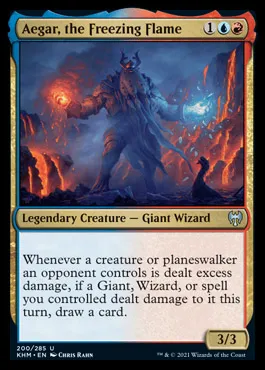
New sets typically include new lore that can be pulled from any number of promotional tools Wizards engages in or simply the cards themselves. All of that is tied together by the name of the set and a small symbol that goes with it.
Set symbols are on every MTG card, located on a bar in the middle of each card on its right side.
The color of that symbol is an indicator of the card’s rarity. Black symbols appear on common cards. Uncommon cards get a silver set symbol. Rare cards, which you can only get one of per pack of MTG cards, get a gold symbol, and mythic rare cards have a gold and orangish-colored symbol.
Outside of cards having potentially different colored set symbols in a given set, the design of the symbol is identical across the set. Some are simple while others are more complex, but all sets have their own unique symbol.
The purpose of each card having a set symbol displayed in the center of the card is to simplify the identification of a card at a glance.
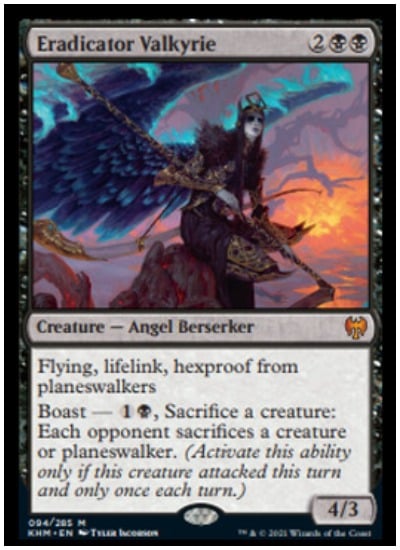
For most players, the set symbol of a card won’t have much of an impact on your experience in the middle of a game or match. But during the deck-building process, paying attention to a card’s set symbol can save you some time.
There are a handful of accepted constructed deck formats in MTG, and each has different rules about what cards can and cannot be used.
The Standard format is perhaps the most widely known and competed-in MTG constructed format. Using only cards from the newest few sets, this format constantly has cards rotating in and out. Keeping track of which cards are legal and will be legal with the next Standard rotation is vital for players looking to theorycraft and optimize their deck construction.
Having a set symbol on each card as a friendly reminder for players who are putting their decks together serves as a sort of timestamp for that card’s legality in Standard.
The designs of a set’s symbol will vary from release to release. But in the end, it’s a way to make it easier for players to organize and identify pieces of their collection.


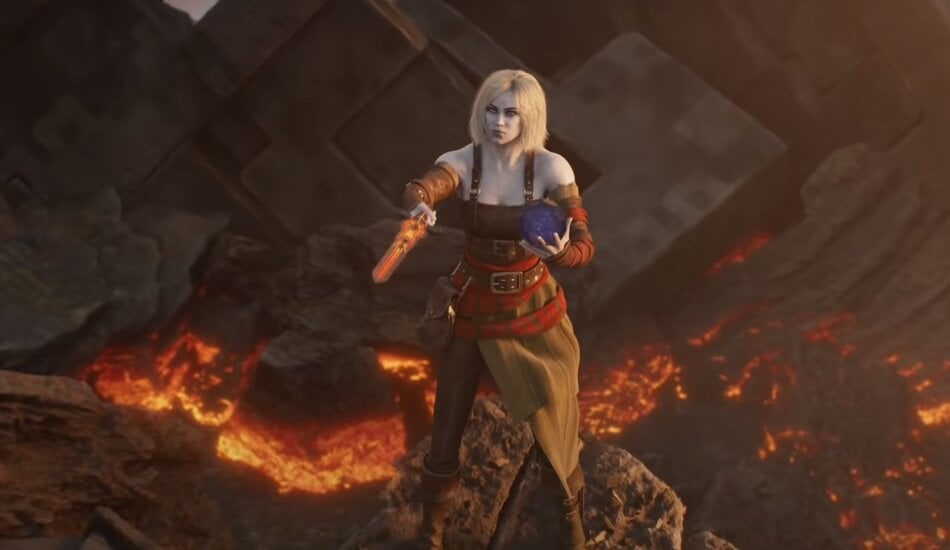
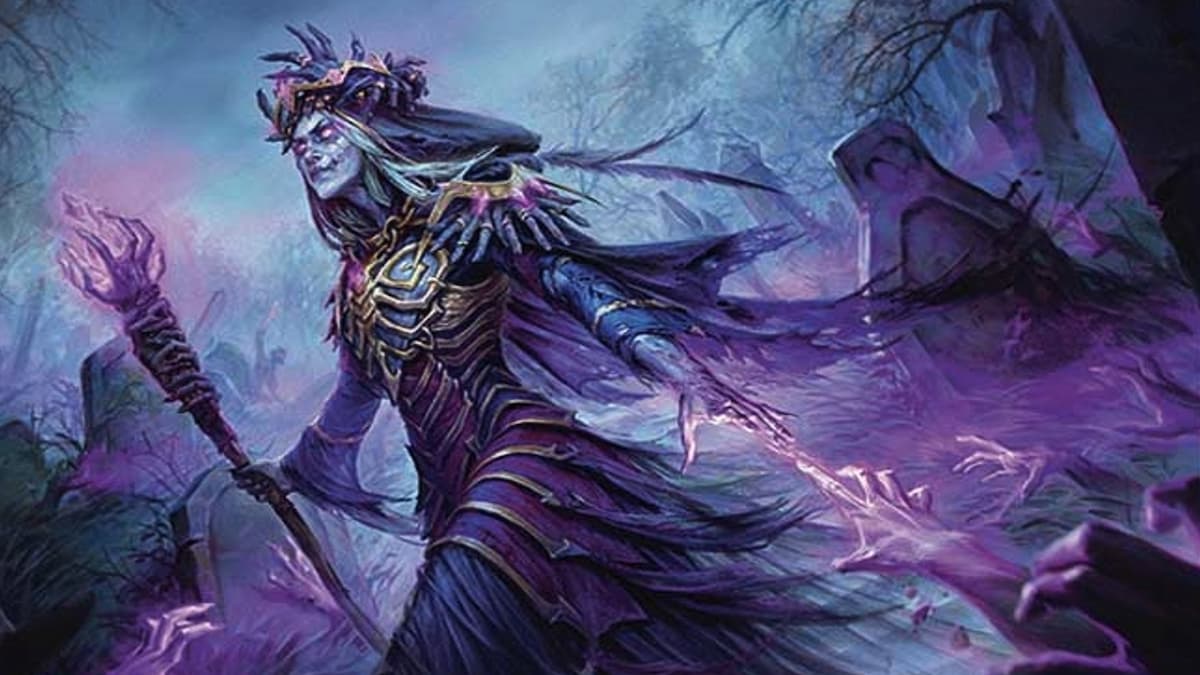
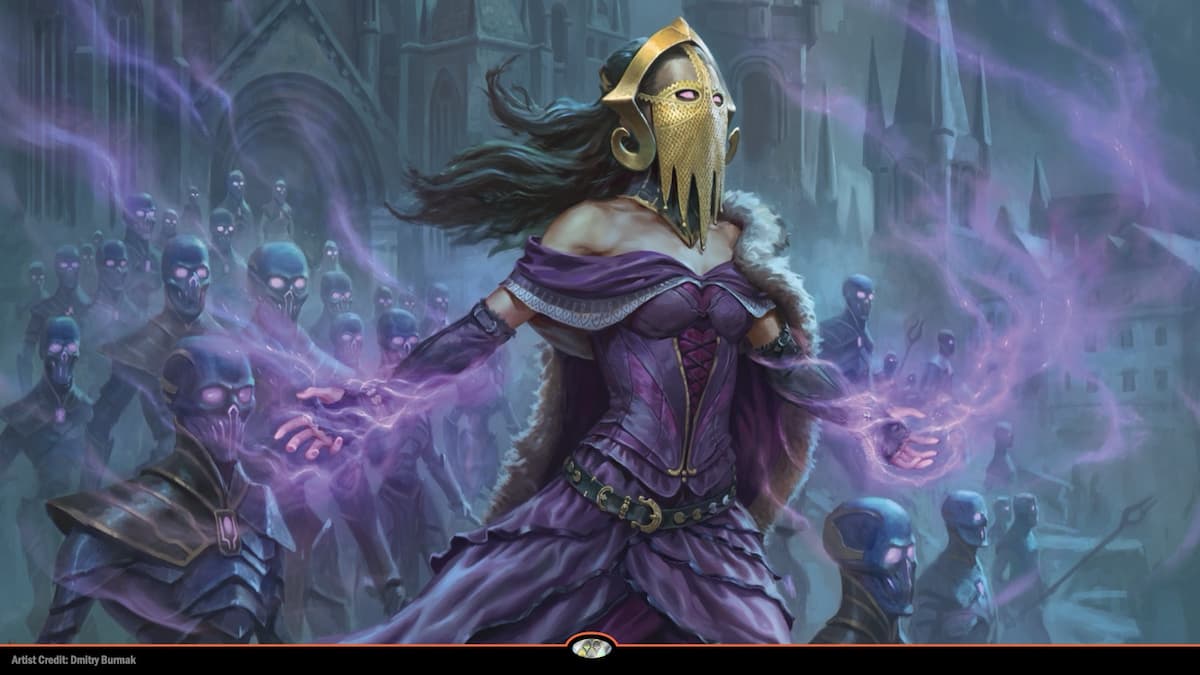
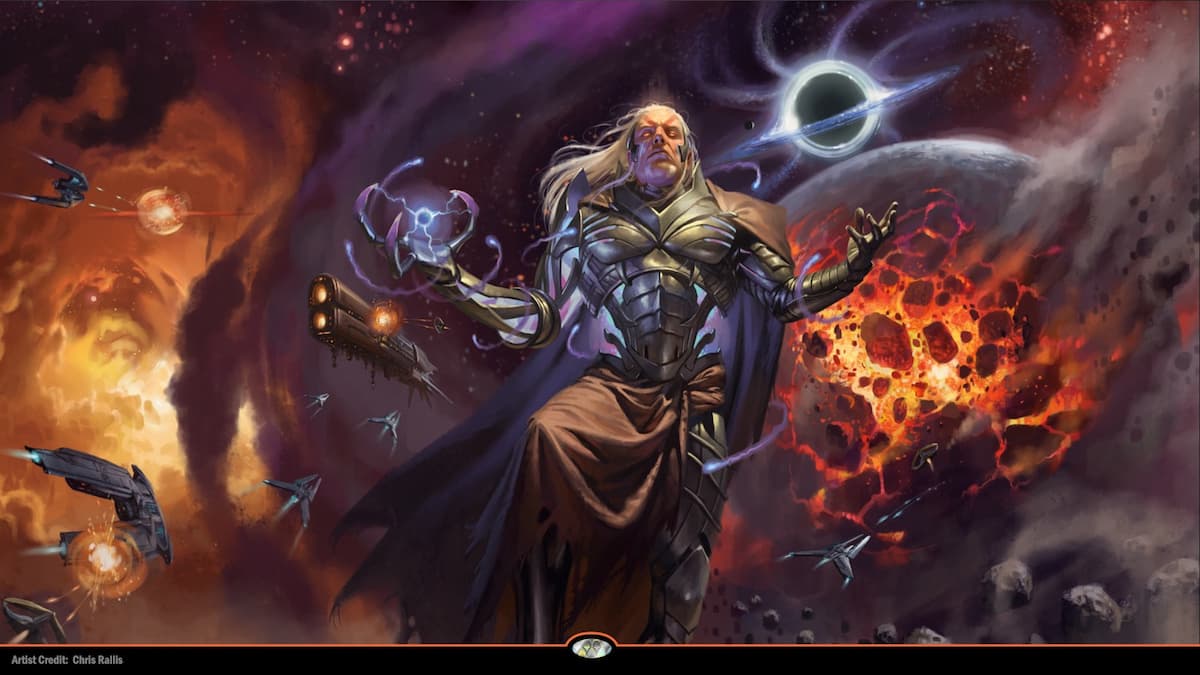
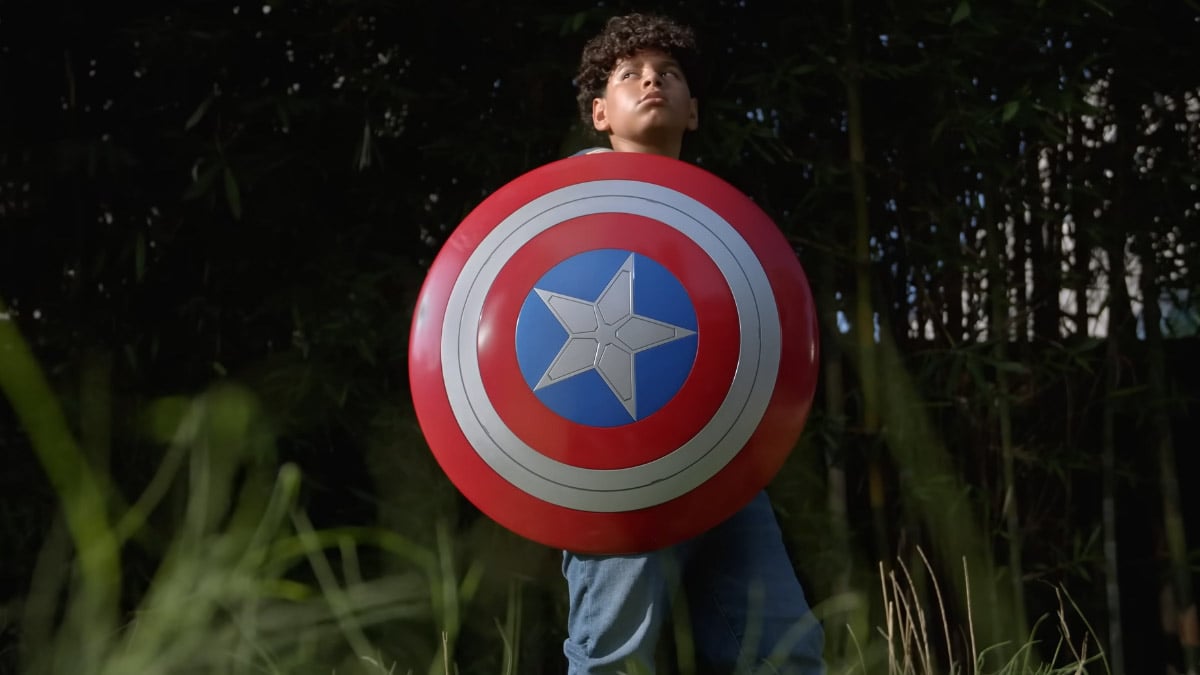
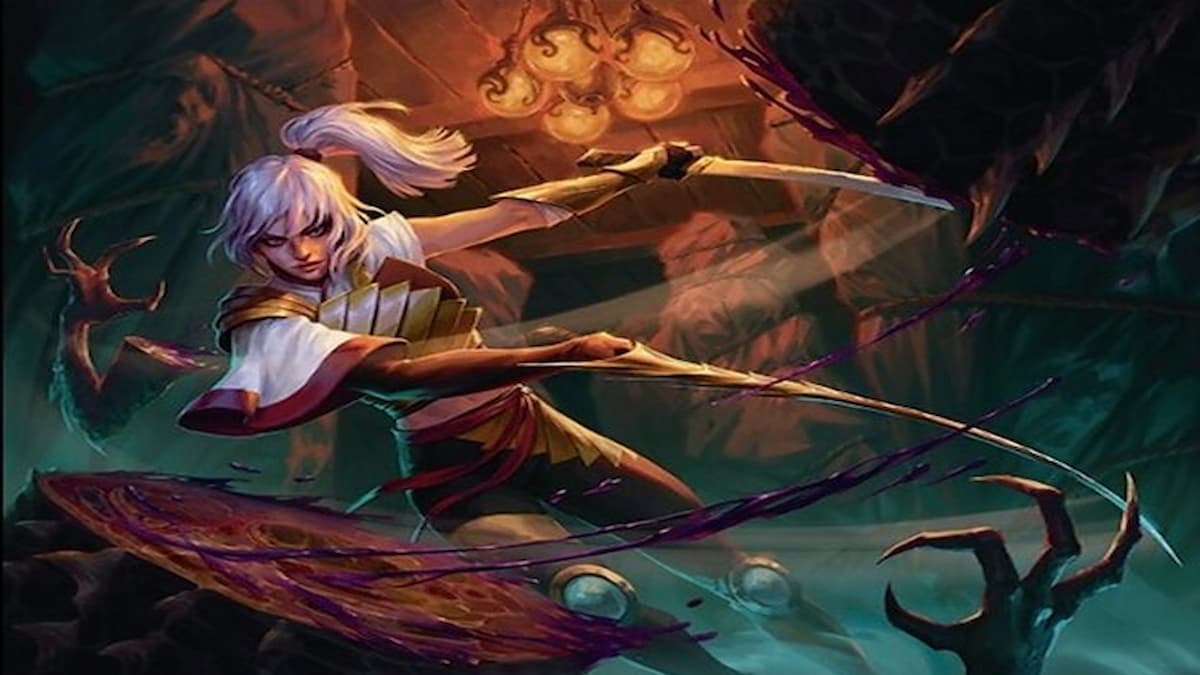
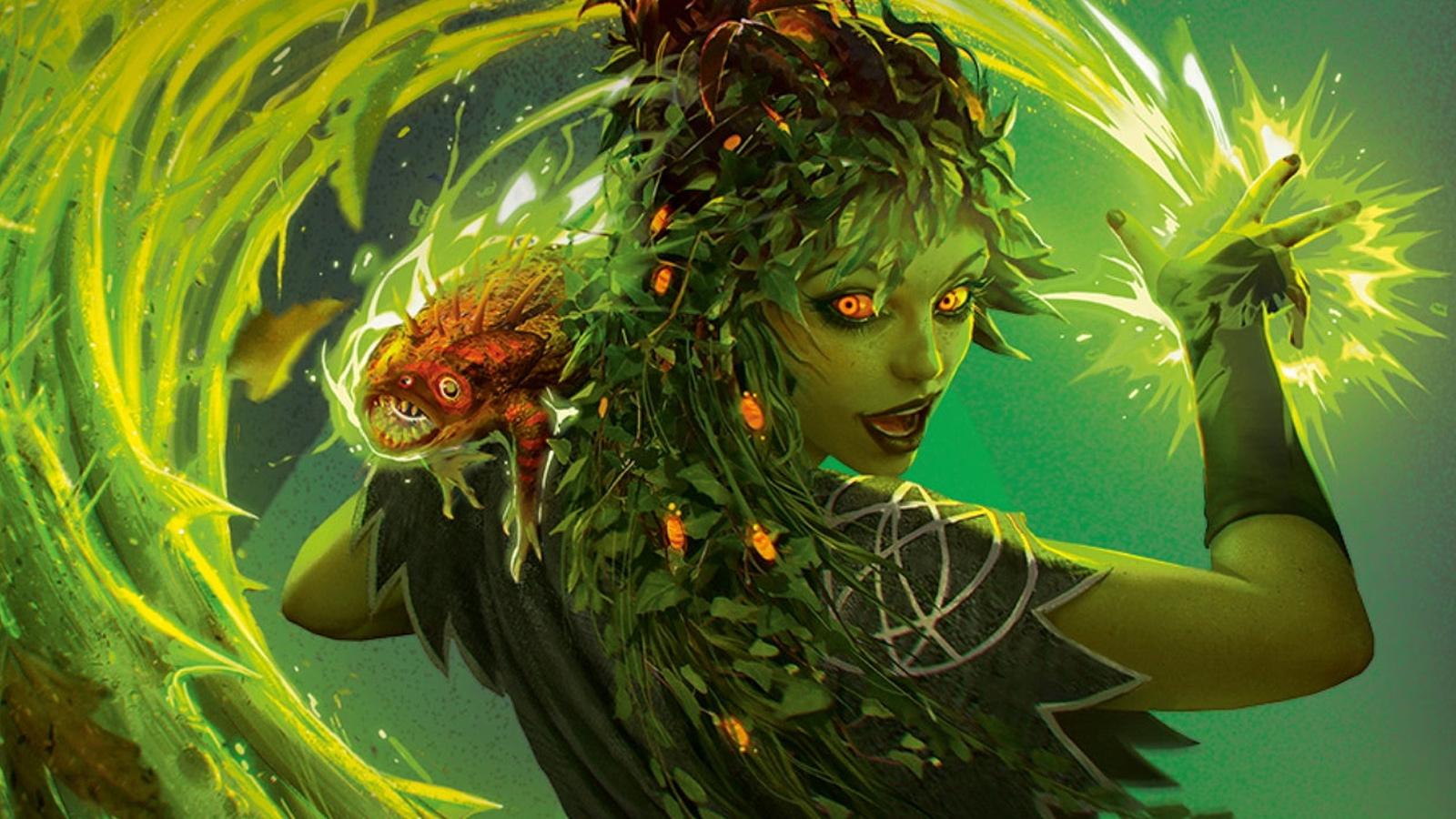
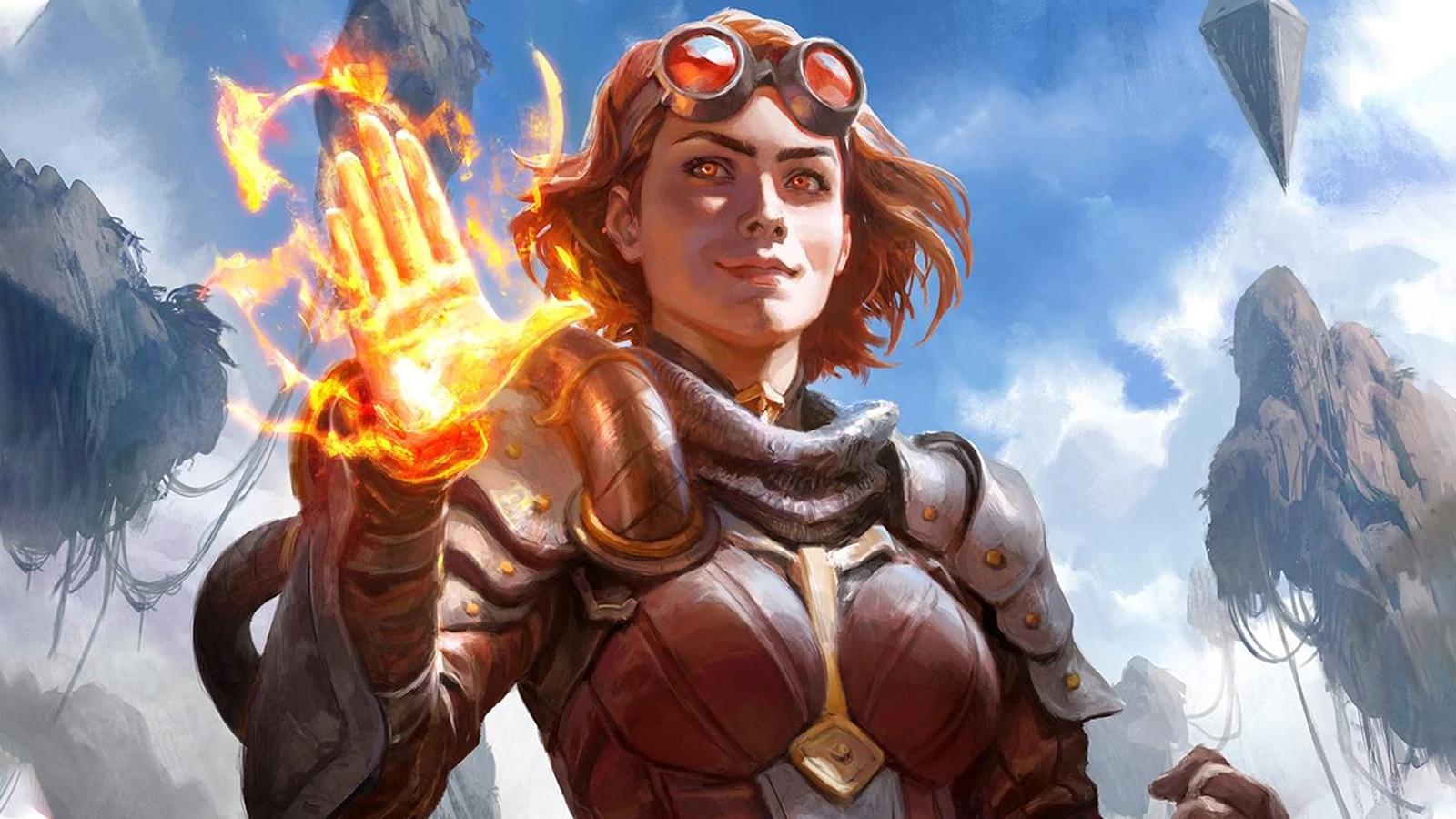
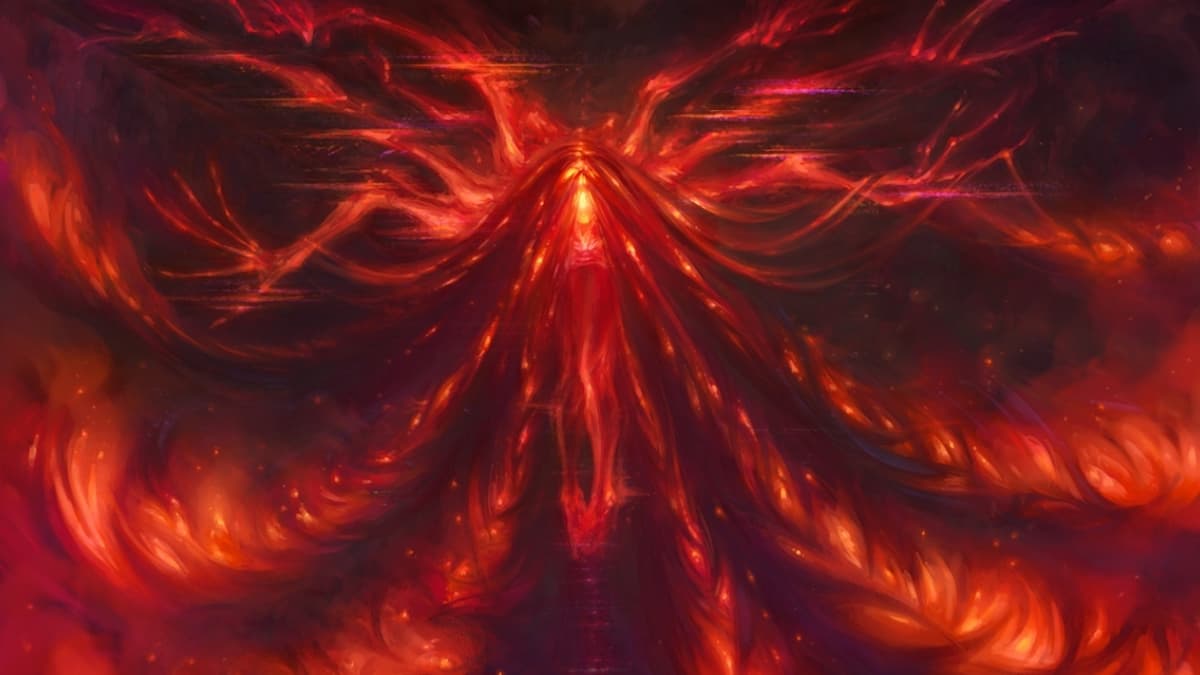
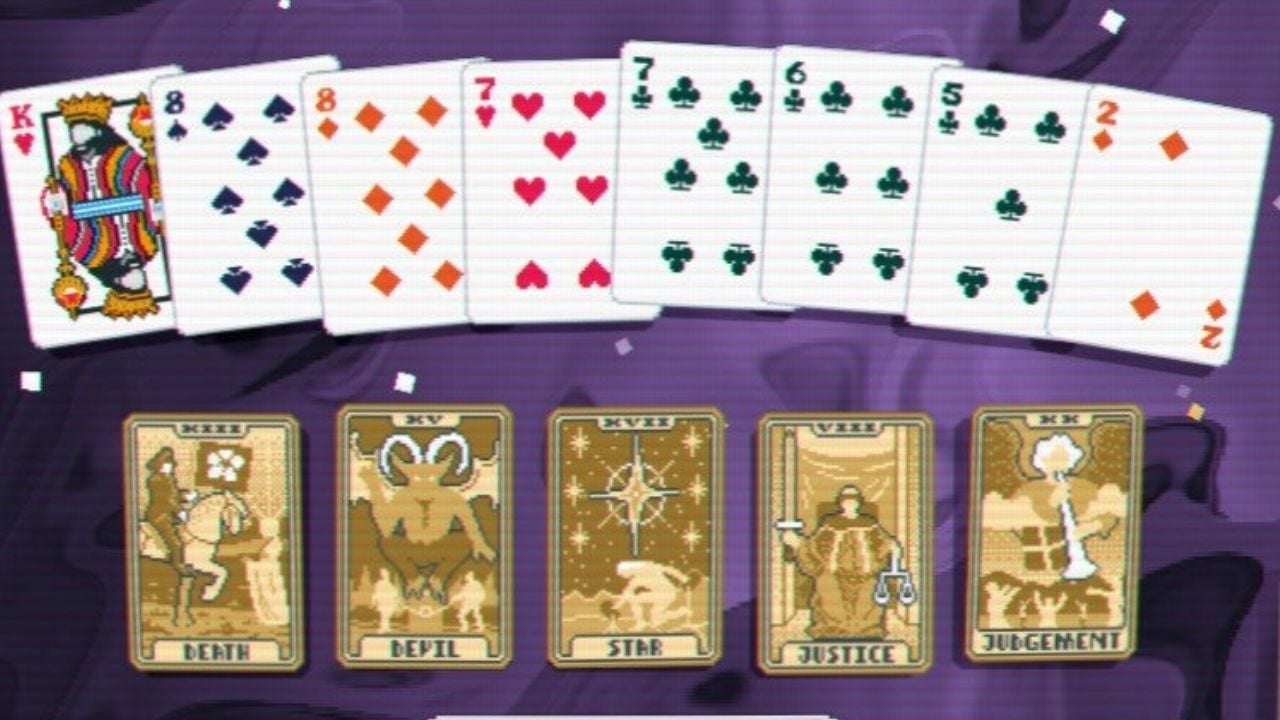

Published: Mar 4, 2021 02:30 pm